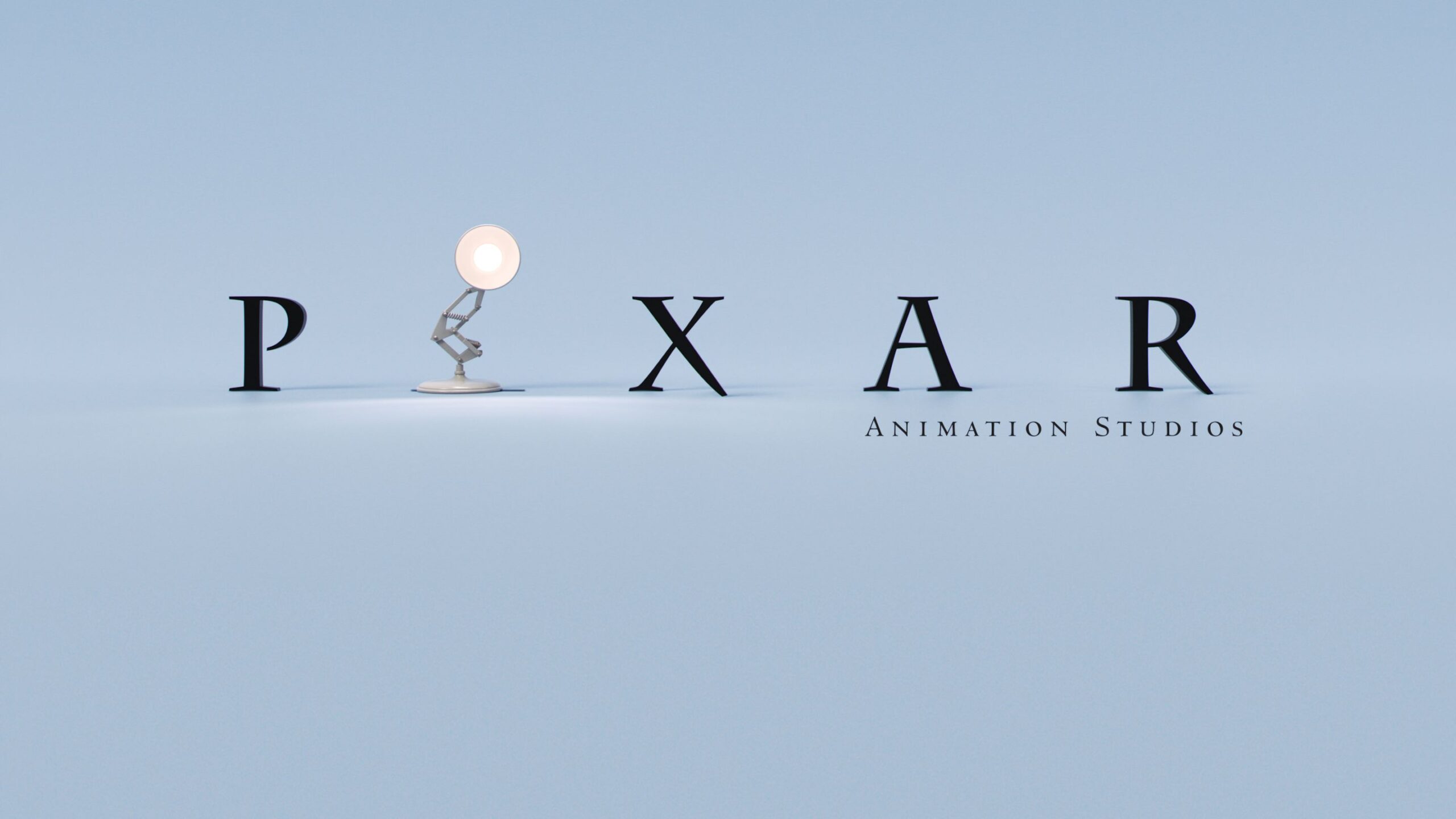
The Pixar logo is one of the most remembered of the movies of our childhood. Who does not remember that funny lamp jumping on the screen. And it is that, the fact that this object appears in his logo, is not something premeditated, but rather it hides a story.
From the hand of Steve Jobs, Pixar, as we know it today, was born. It was in 1968, when the company released one of its first shorts, specifically, Luxo Jr, in this short the protagonist was a desk lamp. This work was nominated for an Oscar and since then, Luxo Jr, becomes the image, the mascot of Pixar.
But we are going to go further, we are going to know the beginnings of the animation studio, we will see How has your professional career and your brand image evolved?, the development of the Pixar logo.
Pixar history
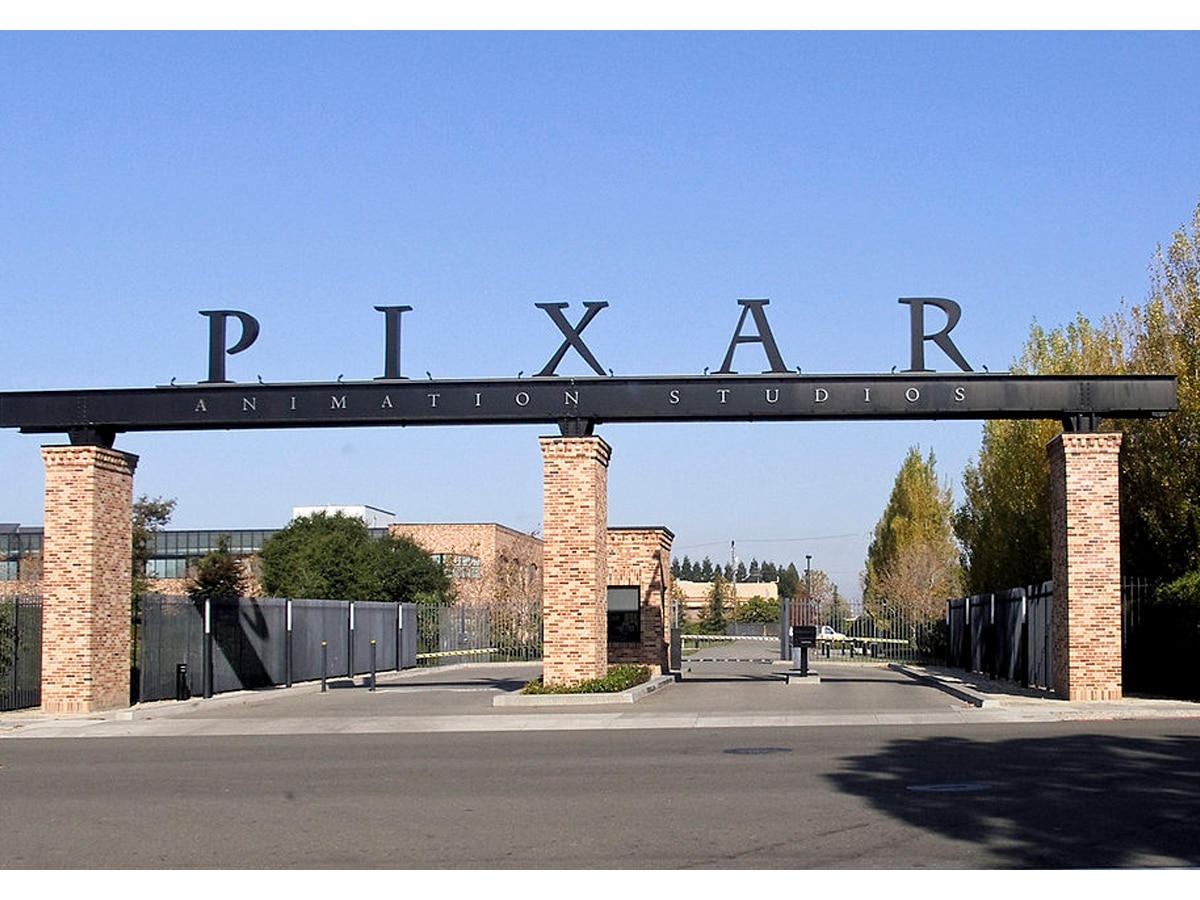
In 1986, the film, Howard the Duck, was presented in theaters, considered one of the worst films in living memory. It failed to raise more than was invested in its production, which led to its production company, Lucasfilm, losing millions.
Behind this production company was the well-known George Lucas, who was experiencing one of the worst economic times in its history. Five million dollars, was what it cost to buy Graphics Group, a part of the computer area of the production company Lucasfilm. This was the moment when Steve Jobs, the buyer of said part, begins the history of Pixar.
In its beginnings, the company was not an animation company as we know it today. Quite the opposite, it was dedicated to the sale of hardware and one of its potential clients was Disney Studios. Who obtained the Pixar Image Computer as a computer, which would help them in the process of accelerating coloring in their animations.
John Lasseter is a key figure in this whole story, one of the Pixar employees, since he was the one who developed a series of animations. Lasseter showed his potential clients the power of the computer, this breakthrough caused a stir. One of the creations we are talking about is Luxo Jr, the desk lamp that would later become the characteristic symbol of Pixar.
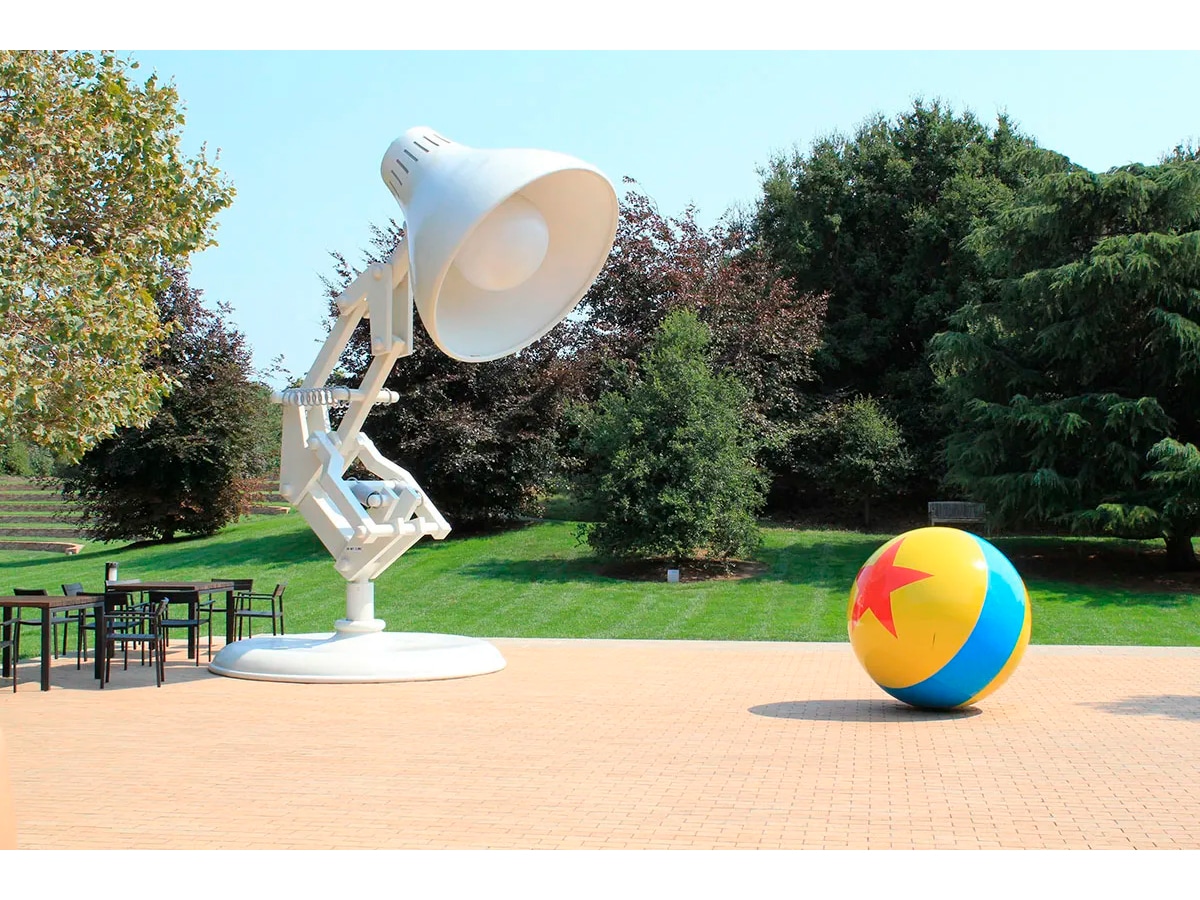
Following this success, Steve Jobs put this Pixar hardware up for sale in 1990. He also signed a $26 million deal with Disney for three computer-animated movies. Was the movie, Toy Story, that we all know what saved the company in 1995, from an imminent sale.
From that moment on, everything was a tug of war between the technology industry and the content production industry.. Pixar recognized that the treatment was not equal, while they worked on all the development and production of the software, Disney only took care of the distribution and everything that had to do with marketing.
The two companies went their separate ways around 2004, and two years later in 2006 Disney got Pixar.
Evolution of the Pixar logo
The first name of the animation studios was not that we all know, but in the year 1986 was called, The Graphics Group and was owned by George Walton Lucas, which later, as we have pointed out, was bought by Steve Jobs.
It was the latter, Steve Jobs, who appointed Alvy Ray, as director of the animation company and gave it the name Pixar. And it is from that moment, when the first logo of the company appears.
Logo 1979 to 1986
animation company, The Graphic Group, in its 1978 logo, they chose to center the name at the top of the composition, using two different colors for it. The typography was a sans-serif font, in which the fragment of the name on the left side was in red, compared to the one on the right, which were in black.
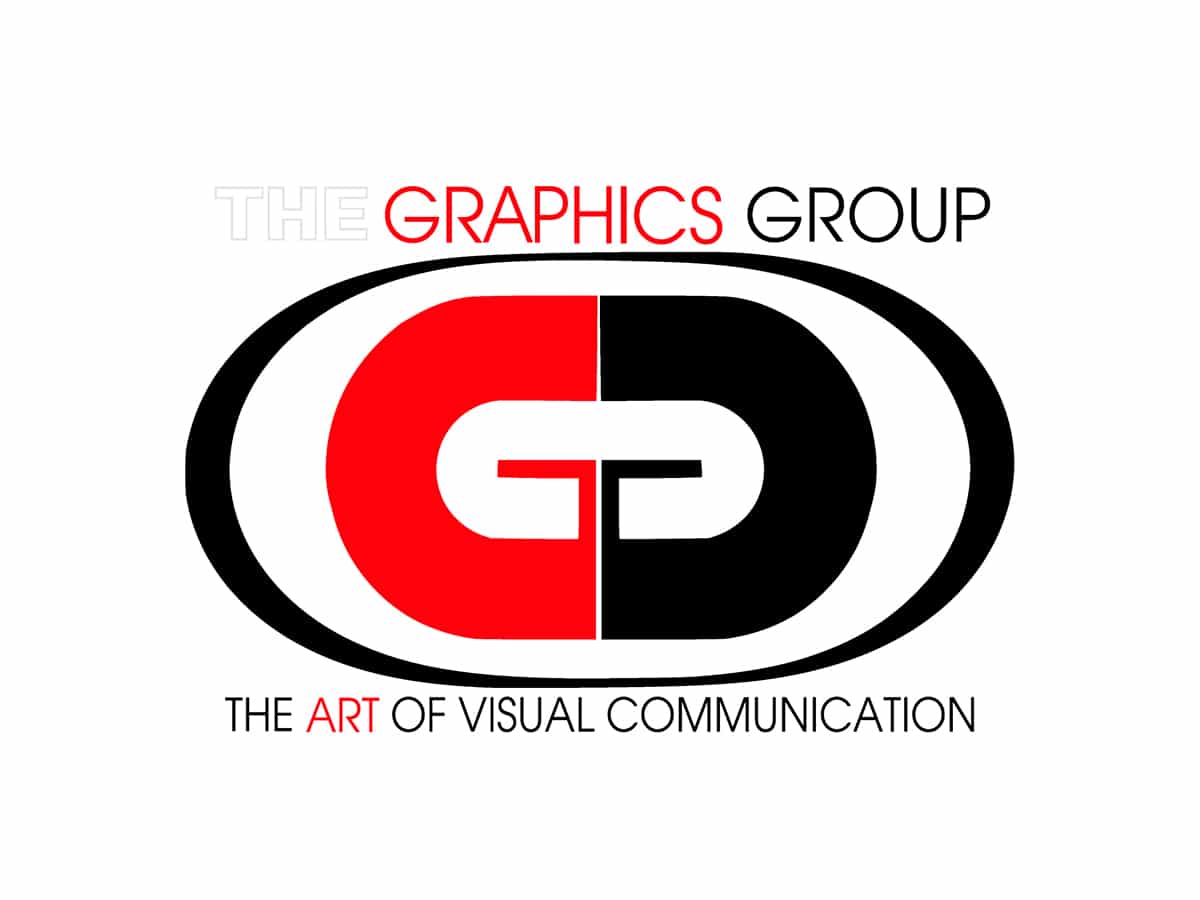
In the central part, the emblem of the company was placed, in which the same thing happened as in the name, the colors red and black were used for each of the sides. In this area we can see in color two capital letters G facing each other, which in their negative reveal a C looking down.
In addition, in the lower part, a tagline, to summarize what his brand was, a visual animation company.
Logo 1986 to 1994
In the year 1986, is when Steve Jobs takes over part of the Graphics Group, and names it Pixar, which leads to a radical change in its brand image.
The new logo presented by Pixar was built on a square shape with frames on the sides and a hole in its central part. It is said that this logo was inspired by the Apple BSD computer, acronym that was related to Berkeley Software Distribution.
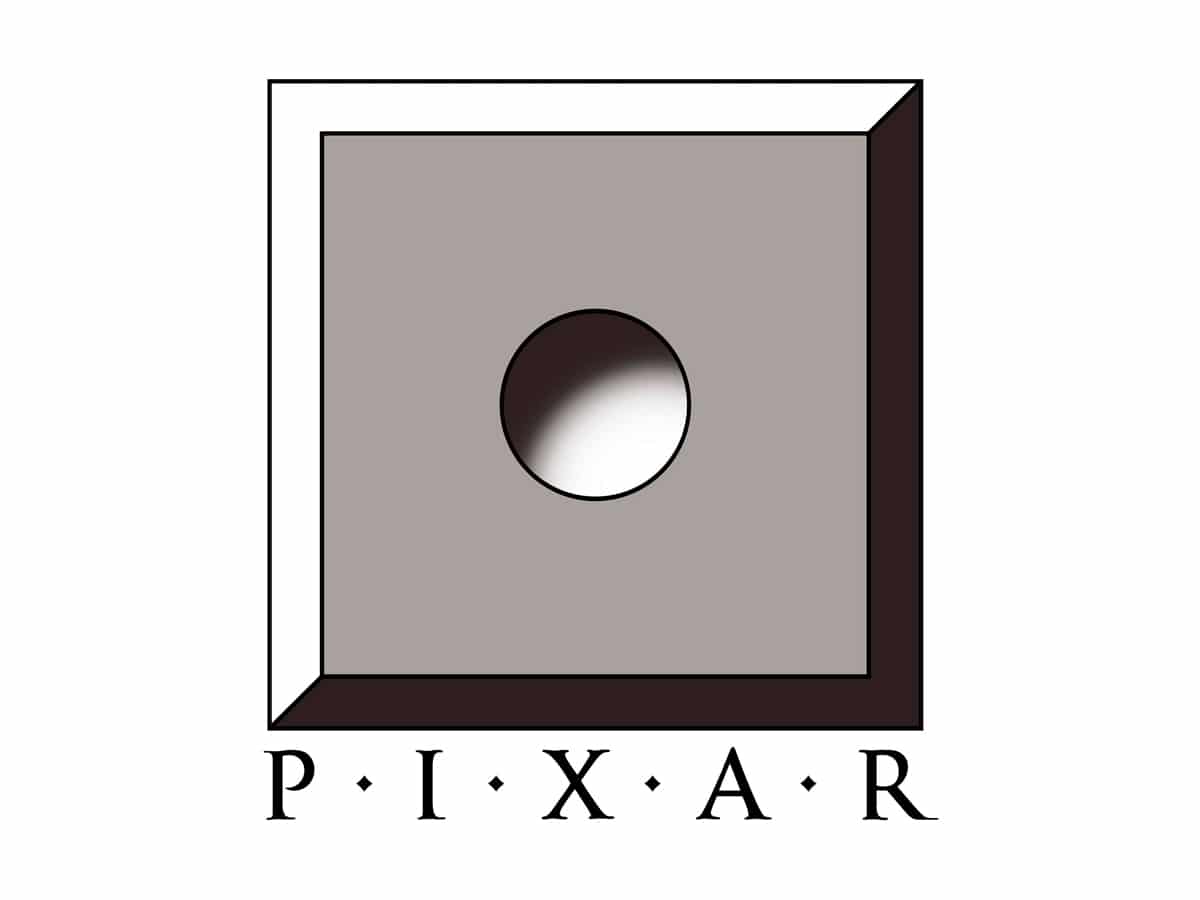
The company name appears at the bottom of the geometric image, created by John Lasseter. The letters that make up the name, were separated by small elements that acted as separators.
Logo 1994 to present
The brand, in 1994, undergoes a total change at the hands of Pete Docyer, who worked for Pixar during the time.
Pixar's renewed brand identity was built solely by font with serifs, used in a different and elegant way. Different, because no one had dared to separate the characters of his name until now.
One of the characteristics of this logo is in the letters R and X, that one of their lower finials is different from the rest, which gives them a unique look.
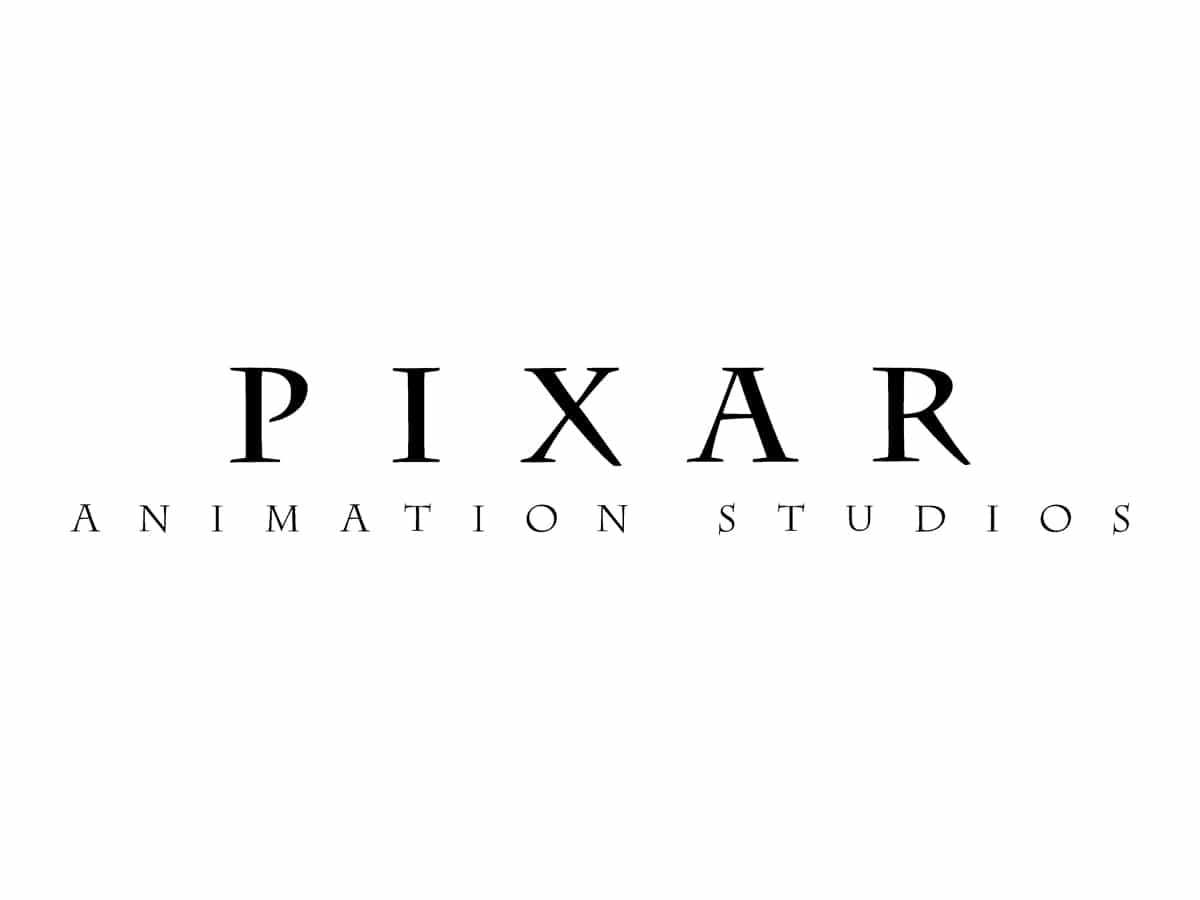
The logo, PIXAR ANIMATION STUDIOS, becomes a trademark and first appears in the Toy Story movie premiere.
In some of the opening credits of his films, we can see how characters from the films appear within the same logo, or even replace letters of it.
As we can see in 1995, the company made the decision to substitute the letter I, for its famous lamp, Luxo Jr., the character of his first short.
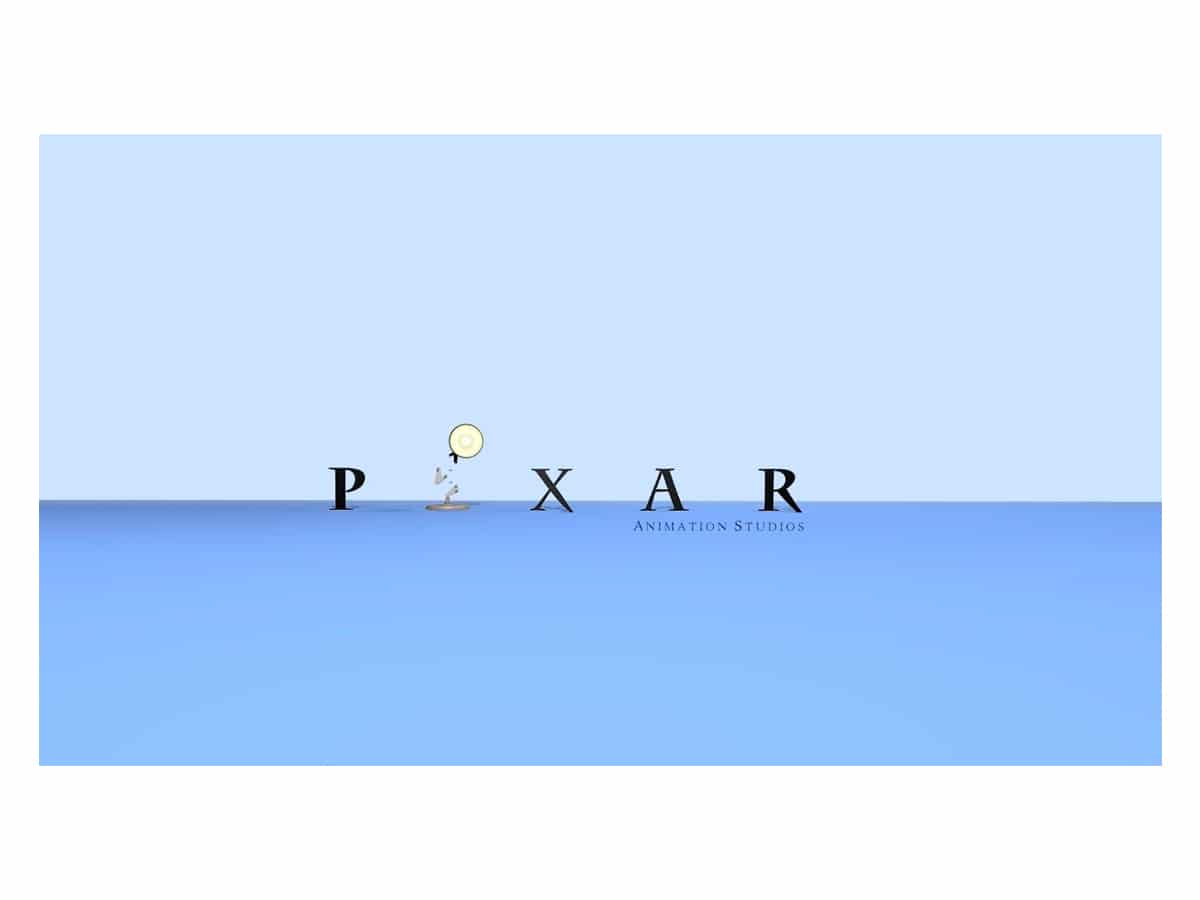
Pixar's identity is impeccable work. He has known how to unify his entire identity in relation to just one element, the animated lamp. Pixar forgets to include elements in its image that are not necessary, and focuses on making a typographic choice that synthesizes all its power.